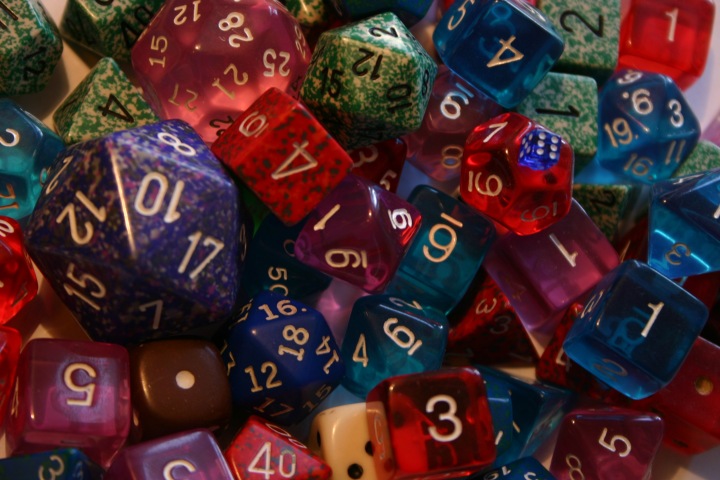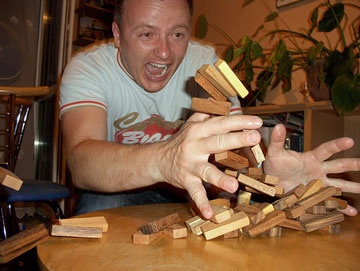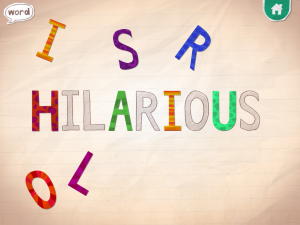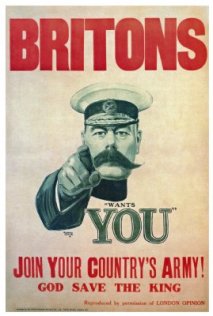
Link to all Weeks Week 1 Week 2 Week 3 Week 4 Week 5 Week 6
Content:
- Game Mechanics
- Brainstorm Game Mechanics
- Assessment 2
- Feedback
Game Mechanics

Game mechanics are at the core of a game and decisive for game play. Good engaging game mechanics will make a game fun to play or challenging and as well rewarding.
Game mechanics can be found in board games (Chess, Backgammon, Jenga) and for board games we often refer to core mechanics. Examples are:
- Role Playing (Charades)
- Capture & Eliminate (Chess)
- Pattern Recognition (Chess, Rush Hour)
- Memory (Memory)
- Dice Rolling (Monopoly)
- Find the extensive list below at: BoardGameGeek.com
| Acting | Action / Movement Programming |
| Action Point Allowance System | Area Control / Area Influence |
| Area Enclosure | Area Movement |
| Area-Impulse | Auction / Bidding |
| Betting / Wagering | Campaign / Battle Card Driven |
| Card Drafting | Chit-Pull System |
| Co-operative Play | Commodity Speculation |
| Crayon Rail System | Deck / Pool Building |
| Dice Rolling | Grid Movement |
| Hand Management | Hex-and-Counter |
| Line Drawing | Memory |
| Modular Board | Paper-and-Pencil |
| Partnerships | Pattern Building |
| Pattern Recognition | Pick-up and Deliver |
| Player Elimination | Point to Point Movement |
| Press Your Luck | Rock-Paper-Scissors |
| Role Playing | Roll / Spin and Move |
| Route / Network Building | Secret Unit Deployment |
| Set Collection | Simulation |
| Simultaneous Action Selection | Singing |
| Stock Holding | Storytelling |
| Take That | Tile Placement |
| Time Track | Trading |
| Trick-taking | Variable Phase Order |
| Variable Player Powers | Voting |
| Worker Placement
|
Video games use game mechanics as well, but besides the core mechanics they are more related to aspect of digital technology.
Find an extensive list of game mechanics at Wikipedia.
We can and should list game mechanics to be able to select what game mechanics we like, but at the end of the day we need to be able to apply game mechanics to a game. This need to happen in the context of the game’s overall purpose. We will read this post: Game Mechanics and Gamification by Andrzej Marczewski on Gamasutra together to get a better idea about how to apply game mechanics.
Brainstorm Game Mechanics
We will do a brainstorm in class for potential game mechanics for the ABC learning game for children (assessment).
Look at this list of Motivators and Supporters (as found on Gamasutra’s post Game Mechanics and Gamification – link is above):
| Motivators | Possible Supporters |
| Autonomy | Customisation Choice Freedom |
| Mastery | Levels Challenges |
| Purpose | Giving / Altruism Narrative Greater Meaning |
| Status | Leaderboards Achievements |
| Social Connections | Suggest similar users Cooperative “play” |
| Rewards | Points Badges Achievements |
| Peer Pressure | Peer review / feedback / grading systems Boasting / Bragging system Competitive “play” |
| Avoidance | Lose Points Lose Status Game Over |
| Scarcity | Exclusive / Unique Rewards Reward Schedules |
| Fun! | Real Games Quiz’s Competitions |


Use 3 motivators from the list above and brainstorm game mechanics for the e-game for your assignment (prep-children recognising letters of the alphabet).
List the factors:
- Desired Behaviour (eg blow away sand to reveal a letter – find the same letter in a list of letters and click on it)
- Motivation (Mastery: Learning the letters of the alphabet; Status: receiving a badge, star, completing a level)
- Supporters (for mastery: being able to read; for status: having your score displayed, completing a series – eg a series of green frogs)
Assessment 2
Feedback
Please leave your feedback in form of a comment. Your feedback and suggestions will help me to make this blog more user friendly. Thanks!

















![world war propaganda_Auch du sollst beitreten The concept was used on the German side as well with this 'Auch du sollst beitreten zur Reichswehr' [You too should join the German Army], design by Julius Engelhard, Image: courtesy of mental_floss](https://classoffederico.files.wordpress.com/2014/04/world-war-propaganda_auch-du-sollst-beitreten.jpg?w=452&resize=452%2C577#038;h=577)













































































































